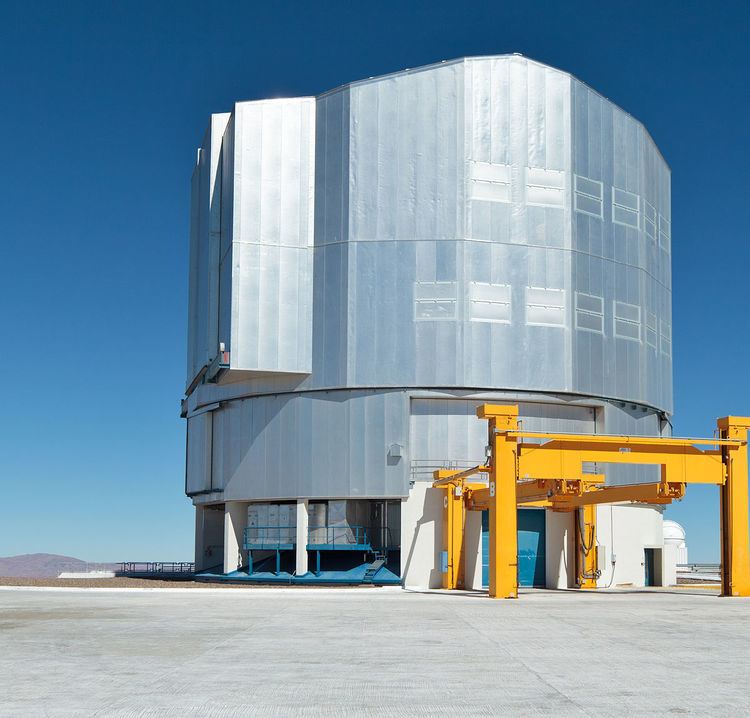 | ||
Soft infrastructure refers to all the services which are required to maintain the economic, health, and cultural and social standards of a population. It includes both physical assets such as highly specialised buildings and equipment, as well as non-physical assets, such as communication, the body of rules and regulations governing the various systems, the financing of these systems, the systems and organisations by which professionals are trained, advance in their careers by acquiring experience, and are disciplined if required by professional associations. It includes institutions such as the financial system, the education system, the health care system, the system of government, and law enforcement, and emergency services.
Contents
The essence of soft infrastructure is the delivery of specialised services to people. Unlike much of the service sector of the economy, the delivery of those services depends on highly developed systems and large specialised facilities, fleets of specialised vehicles or institutions.
